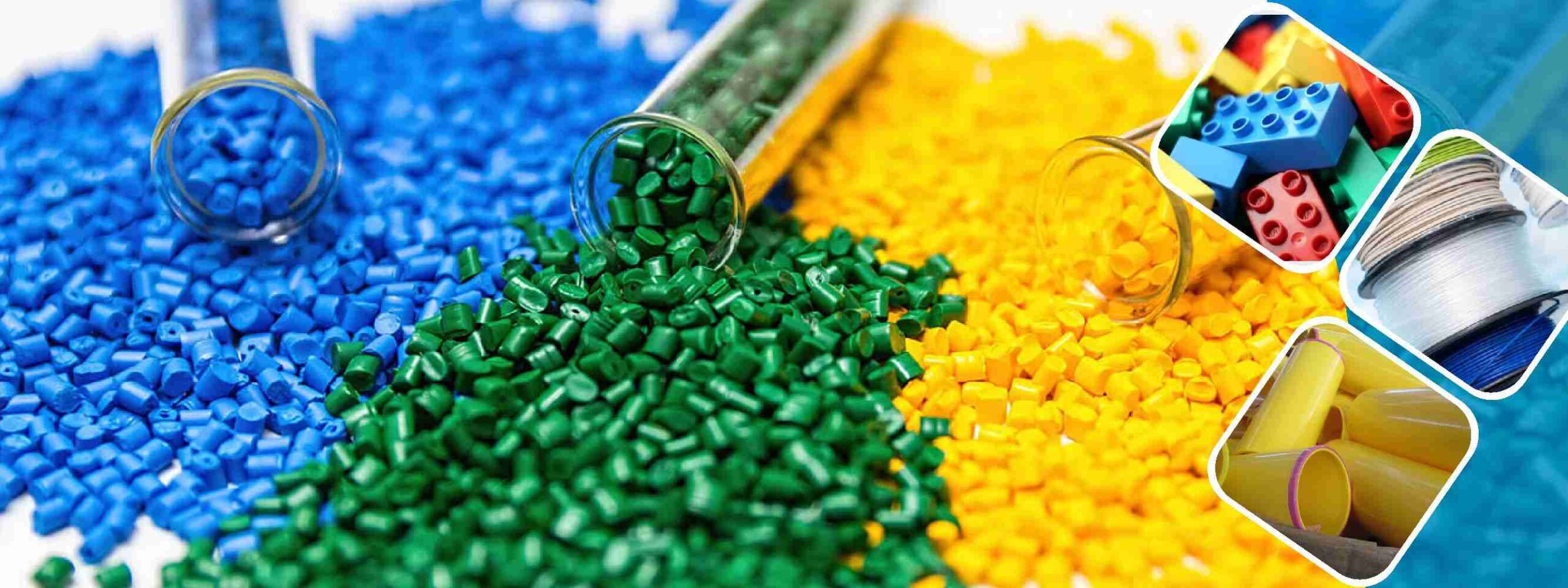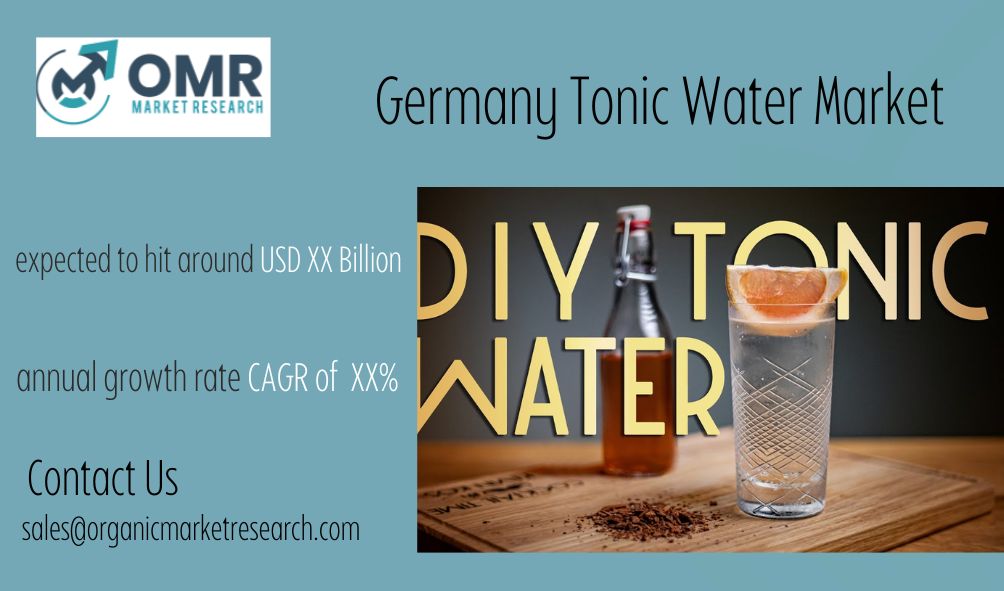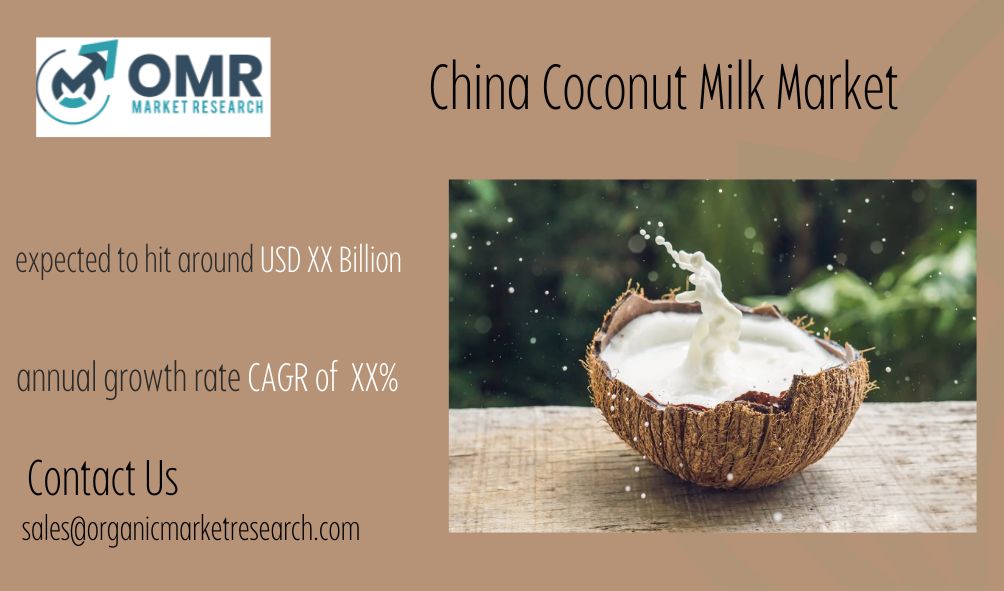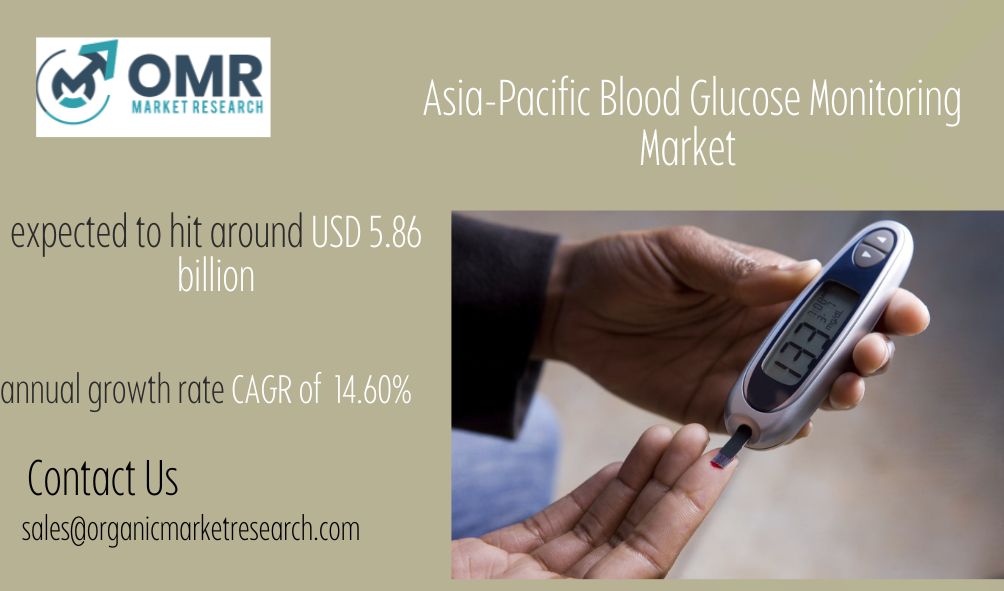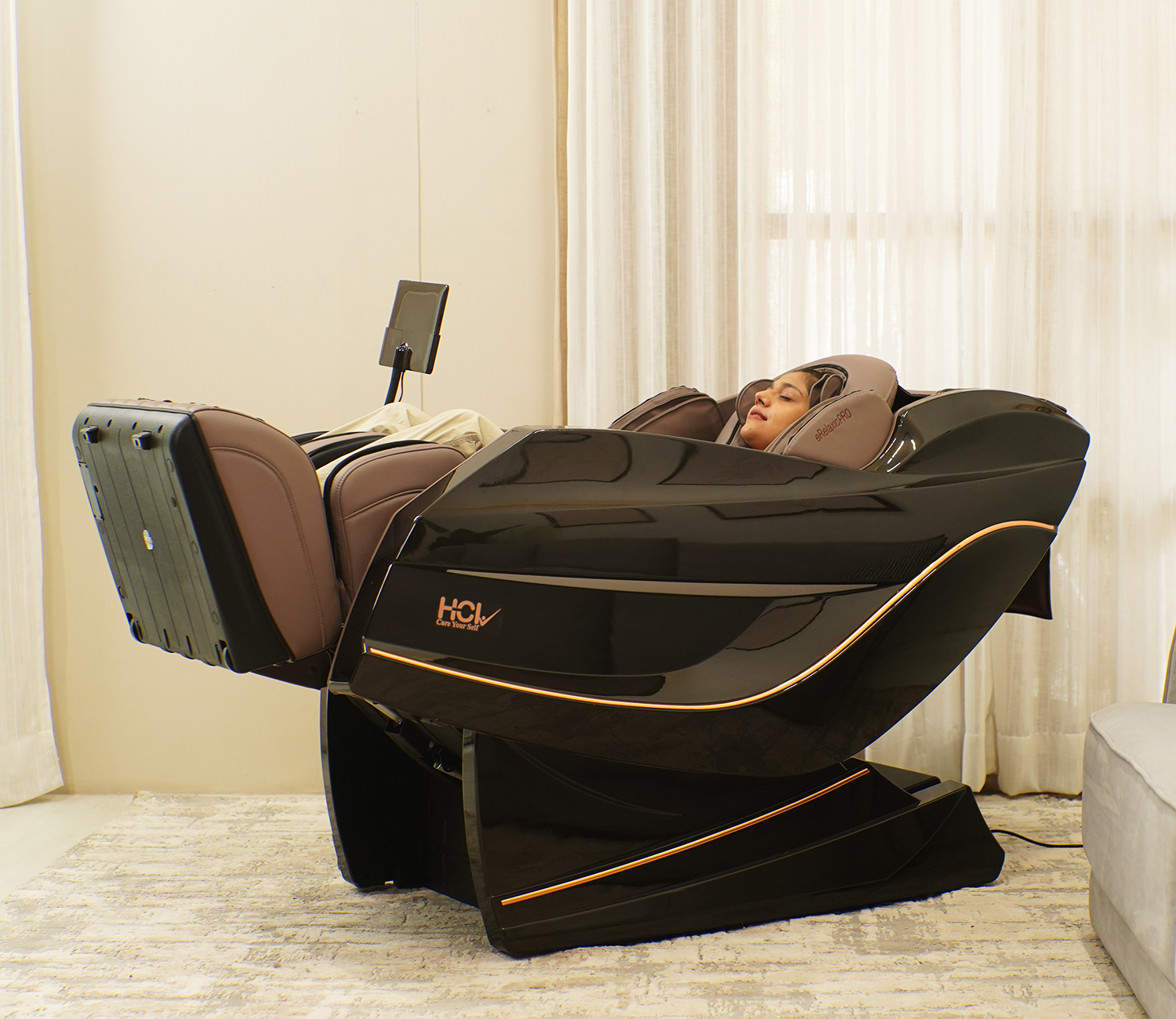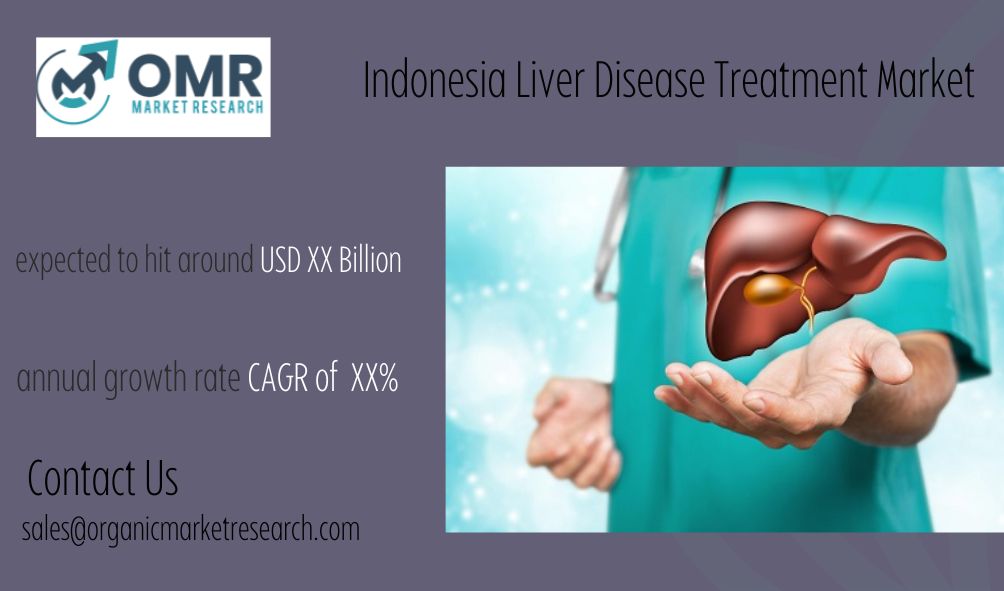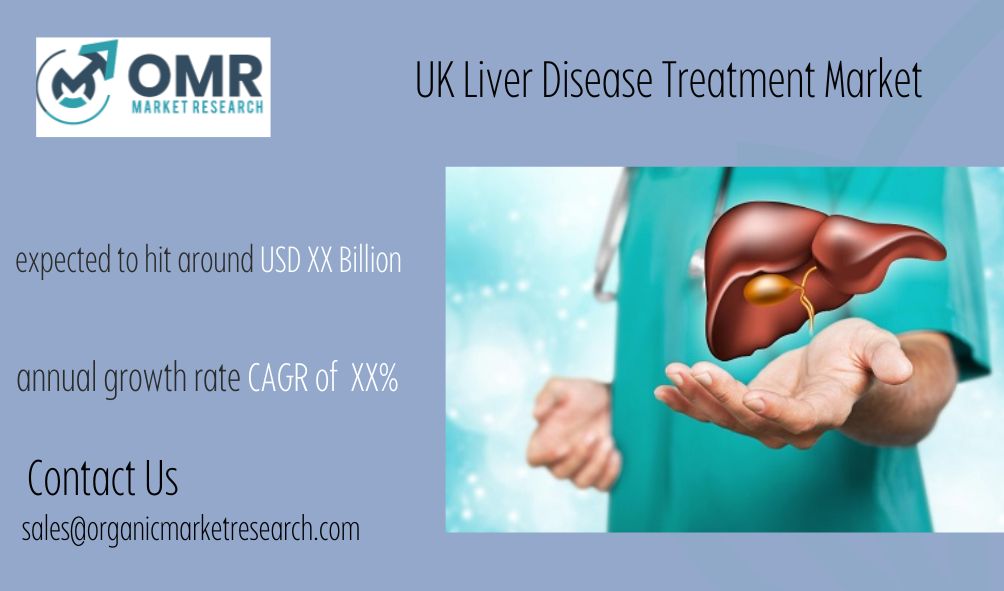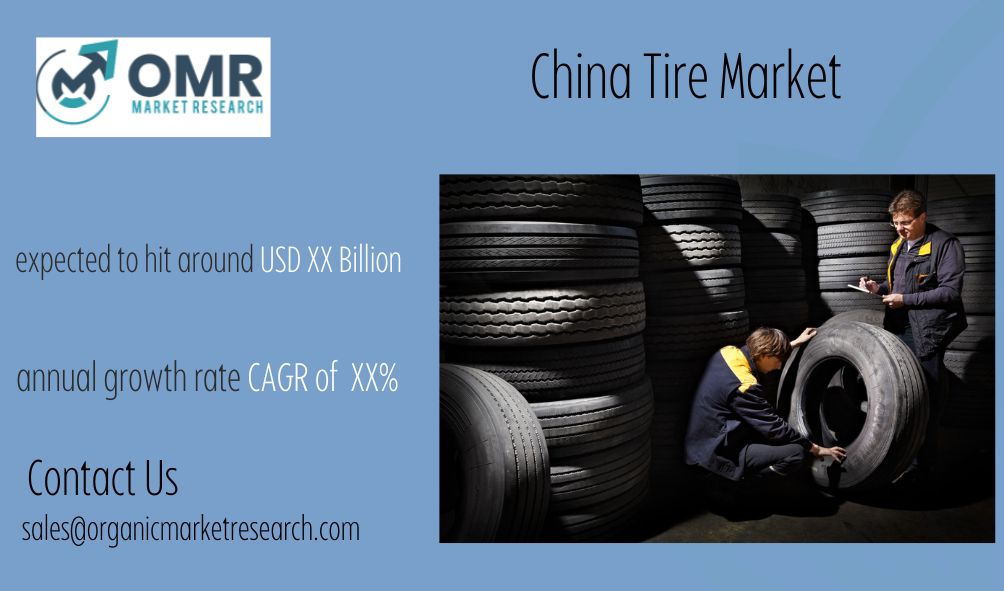The Indonesia Liver Disease Treatment Market size was estimated at USD XX billion in 2020 and is expected to hit around USD XX billion by 2030, poised to grow at a compound annual growth rate (CAGR) of XX% from 2022 to 2030.
Liver is an important organ in our body as it filters harmful substances from our blood, stores energy, and produces bile, which aids in digestion. Any condition that affects the liver and its ability to function properly is referred to as liver disease. Viral hepatitis, fatty liver disease, cirrhosis, and liver cancer are all examples of liver diseases. Excessive alcohol consumption, viral infections, obesity, and exposure to certain chemicals or toxins are common causes of liver disease. Liver disease can be diagnosed through blood tests, imaging tests, and a liver biopsy. Treatment for liver disease depends on the underlying cause and may involve medication, lifestyle changes, or surgery.
Due to the high prevalence of hepatitis B and C in the country, the Indonesia liver disease treatment market is seeing an increase in demand for antiviral drugs. The Indonesian government has launched public awareness campaigns to emphasise the importance of early detection and treatment of liver disease. Local companies are producing generic drugs for the treatment of liver disease, resulting in lower drug costs and greater access to drugs. Diagnostic tool advancements are assisting in the early detection of liver disease. Liver transplantation is becoming more popular, but demand outnumbers supply, making it out of reach for many patients. Effective treatments are expected to drive market growth, but high treatment costs and limited healthcare infrastructure may limit market growth.
High treatment costs, limited healthcare infrastructure, low awareness of liver disease, limited access to liver transplants, regulatory challenges, and a lack of diagnostic tools are among the major challenges addressing the Indonesia liver disease treatment market. These obstacles can lead to delayed diagnosis and treatment, worsened patient outcomes, and a decline in the growth of the the Indonesian liver disease treatment market. Addressing these issues will be critical for the market’s continued growth and success.
Market Segmentation:
Market Breakup: By Treatment Type
- Chemotherapy
- Antiviral Drugs
- Vaccines
- Immunosuppressants
- Corticosteroids
- Immunoglobulins
- Targeted Therapy
Market Breakup: By Disease Type
- Non-Alcoholic Fatty Liver Disease
- Autoimmune Diseases
- Cancer
- Hepatitis
- Genetic Disorder
- Others
Market Breakup: By Distribution Channel
- Hospital Pharmacies
- Retail Pharmacies
- Online Pharmacies
Regional Analysis
The Indonesia Liver Disease Treatment market is segmented in five main regions: Java, Sumatra, Kalimantan, Sulawesi, Bali and Nusa Tenggara.
Java is the most populous island in Indonesia and has the highest incidence of liver disease in the country. The region is home to several major cities, including Jakarta, Surabaya, and Bandung, where the liver disease treatment market is concentrated. The demand for liver disease treatment in Java is driven by the high prevalence of hepatitis B and C, as well as non-alcoholic fatty liver disease (NAFLD).
Sumatra is the largest island in Indonesia and is home to several major cities, including Medan, Palembang, and Padang. The region has a relatively high prevalence of liver disease, particularly hepatitis B and C. The demand for liver disease treatment in Sumatra is expected to grow in the coming years due to the increasing availability of effective treatments.
Kalimantan is the Indonesian portion of the island of Borneo and is home to several major cities, including Banjarmasin and Balikpapan. The region has a relatively high prevalence of liver disease, particularly hepatitis B and C. However, the demand for liver disease treatment in Kalimantan is hindered by limited healthcare infrastructure in some areas.
Indonesia Liver Disease Treatment Market
Sulawesi is the eleventh largest island in the world and is home to several major cities, including Makassar and Manado. The region has a relatively high prevalence of liver disease, particularly hepatitis B and C. The demand for liver disease treatment in Sulawesi is expected to grow in the coming years due to the increasing awareness of liver disease and the availability of effective treatments.
Bali and Nusa Tenggara are a group of islands located east of Java. The region has a relatively low prevalence of liver disease compared to other regions of the country. However, the demand for liver disease treatment in Bali and Nusa Tenggara is driven by the high number of tourists who visit the region.
Market Breakup By Region
- Java
- Sumatra
- Kalimantan
- Sulawesi
- Bali and Nusa Tenggara
Competitive Landscape
The Indonesia Liver Disease Treatment Market competitive landscape provides details by competitor. Details included are company outline, company financials, revenue generated, market potential, investment in research and development, new market initiatives, worldwide occurrence, production sites and facilities, production capacities, company strengths and weaknesses, product launch, product width and breadth, application dominance. The overhead data points providing are only related to the businesses focus related to Indonesia Liver Disease Treatment marketplace.
Major players operating in the Indonesia Liver Disease Treatment Market are:
- PT Dexa Medica
- PT Kalbe Farma Tbk
- PT Kimia Farma Tbk
- PT Pharos Indonesia
- PT Sanbe Farma
- Gilead Sciences,Inc.
- Bristol Myers Squibb
- Merck & Co., Inc.
In case you don’t find what, you are looking for, please get in touch with our custom research team at
Latest Report
Contact Us
+91 9319642100
sales@organicmarketresearch.com
Noida One Tower Sec 62 Noida 201301
Website: https://organicmarketresearch.com


